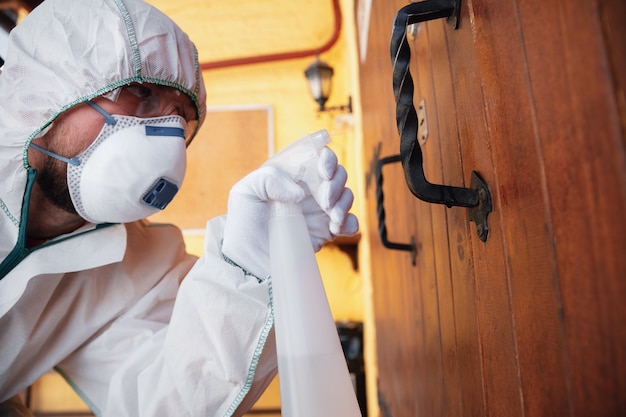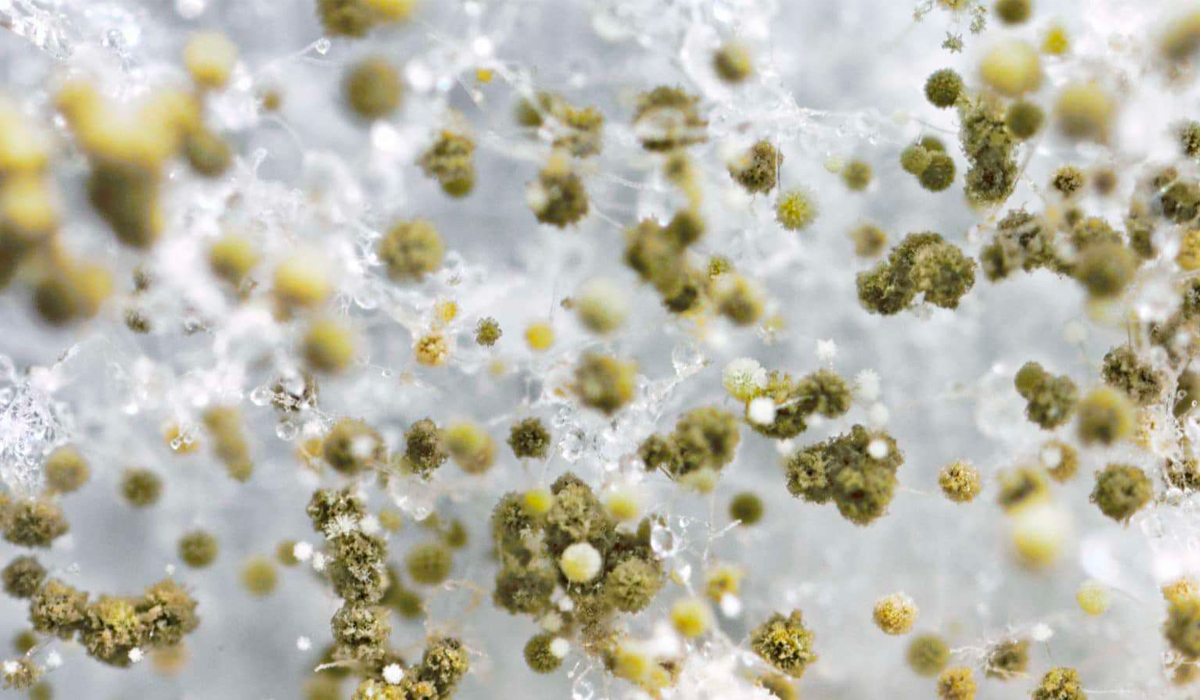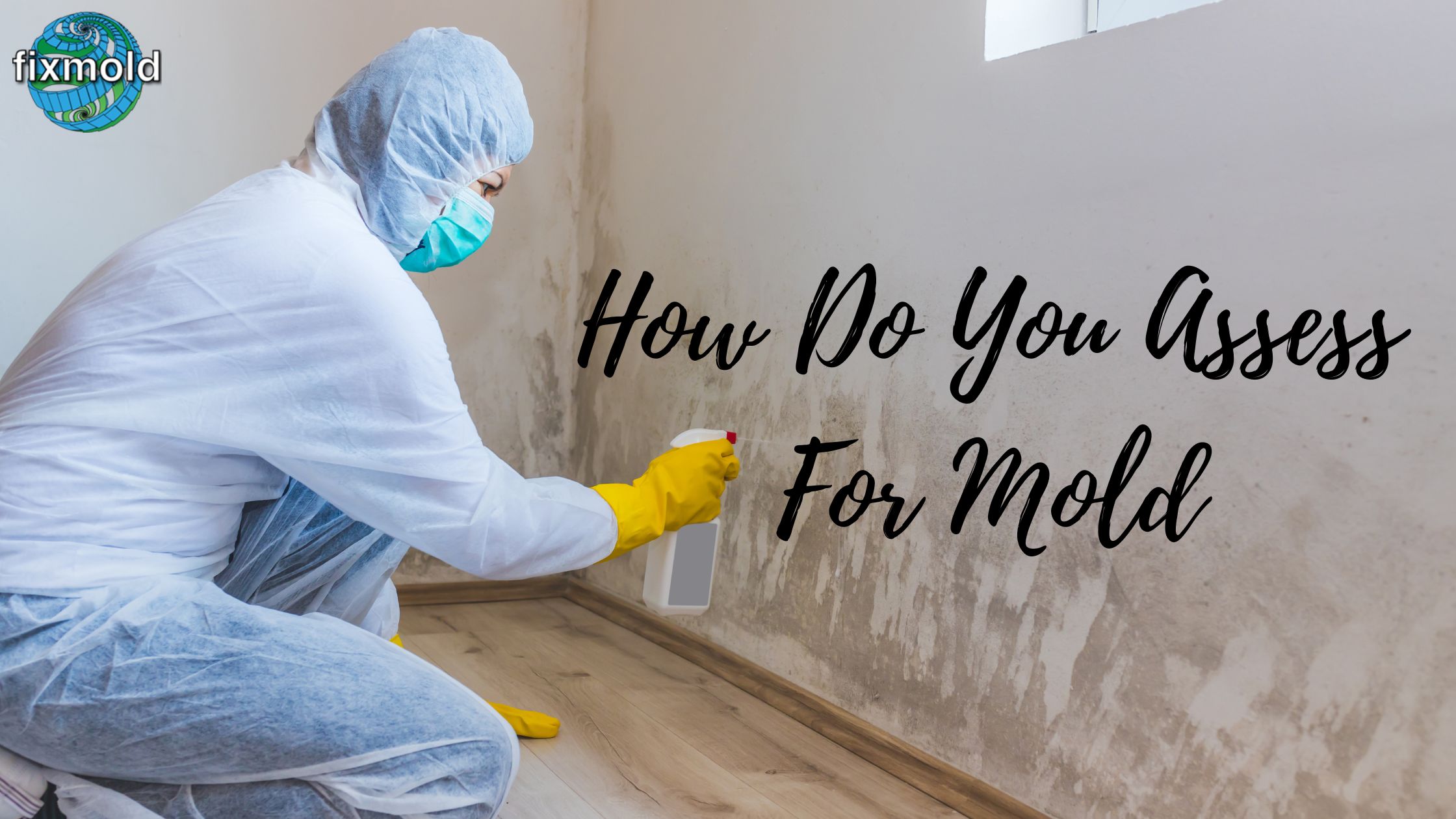
How Do You Assess For Mold
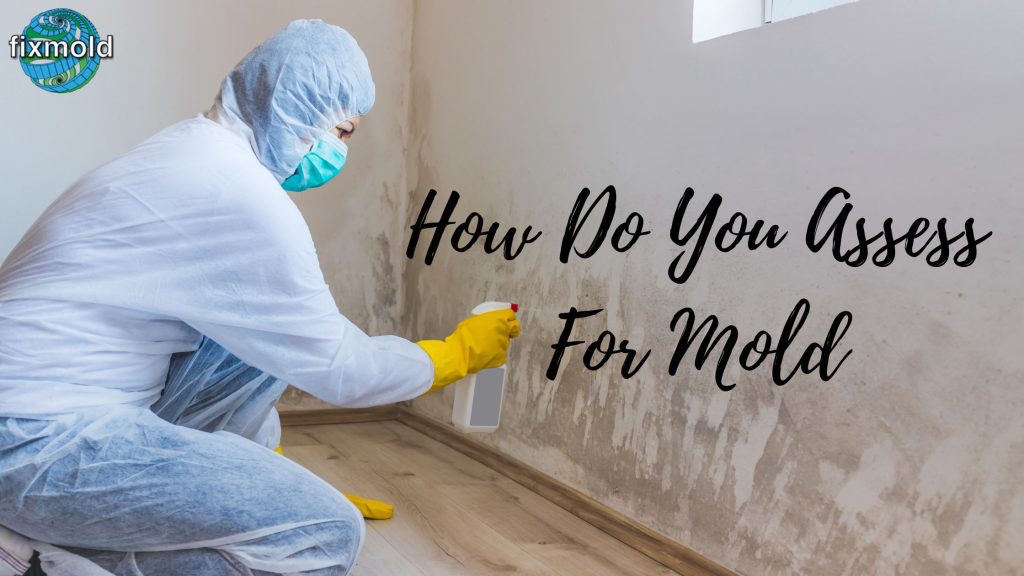
Mold is a fungus that can grow anywhere. People who are allergic to it could have a bad reaction and even damage property. If you think you might have mold, there are several ways to assess it. One is to look for signs of mold growth, such as black or green patches on walls, ceilings, or furniture. You can also do a smell test-mold often has a musty smell. Finally, you can do a water test-mold needs moisture to grow, so if you find any water damage, there’s a good chance you’ll also find mold.
Mold & Health Risk Explained
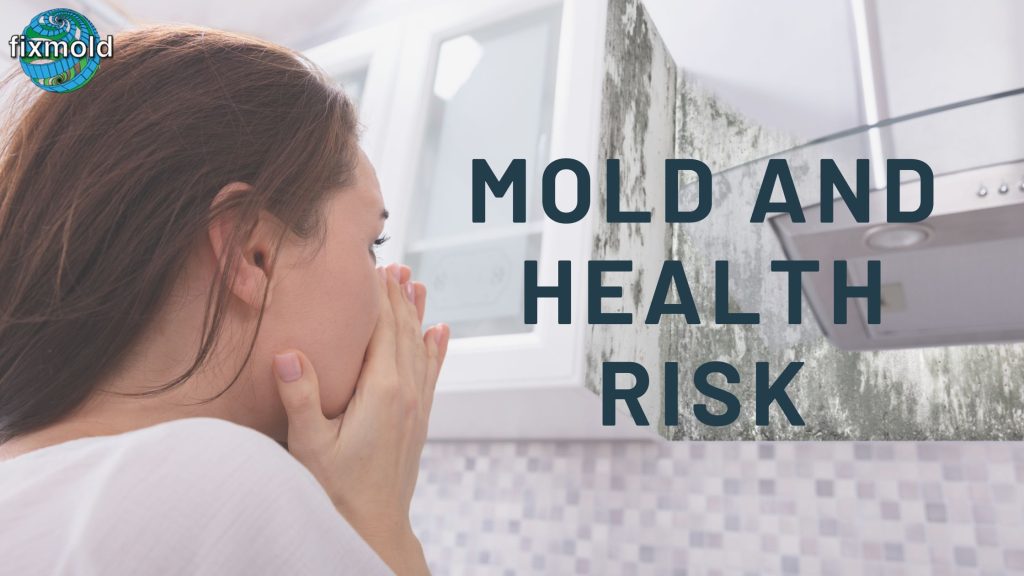
Mold is a type of fungus that grows in dark, moist places. It can grow on a variety of surfaces, including food, clothing, and building materials. Mold can cause health problems in people who are allergic to it, and it can also produce harmful toxins. Some types of mold can cause serious respiratory illnesses, such as pneumonia. In people with weakened immune systems, mold can cause life-threatening infections.
Things to do to identify mold problem
Mold can be a serious problem if it is not identified and addressed quickly. If you think you may have a mold problem, there are some things you can look for to determine if you need to take action.
Mold often appears as a black or greenish-white film on surfaces. There are many dangerous mold species in the wild, so if you see any signs of it do not touch it and call a professional immediately.
Mold can lead to a number of serious health issues, including respiratory problems. If you are experiencing any symptoms that may be related to mold, see a doctor right away.
If you think you may have a mold problem, take action immediately. You should not wait to see if the problem gets worse. Mold can grow quickly and become a serious health hazard if left unchecked.
How to Tackle the Mold Problem
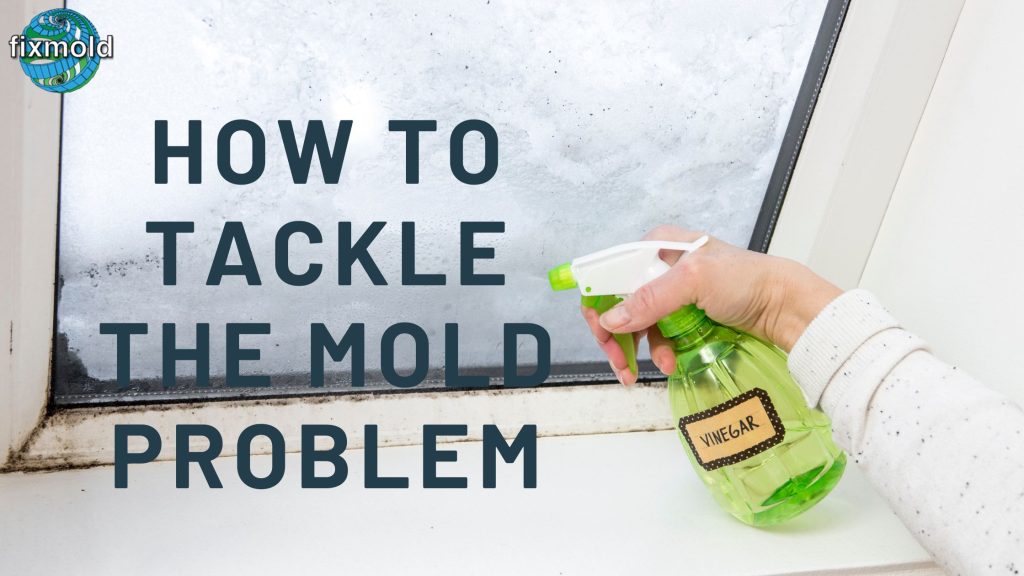
If you have a mold problem, you should take the following steps:
1. Remove any visible mold with a household cleaner and water.
2. Discard any damaged materials that may be harboring mold.
3. Seal off any affected areas to prevent the spread of mold.
4. Ventilate the area to allow it to dry out.
5. Try to contact a professional if the problem persists.
Steps for mold prevention in your home
A clean, dry environment will help prevent the growth of mold. Make sure you regularly sweep and mop your floors, and clean up any spills or moisture as soon as they happen. You should also keep your windows open to allow air circulation, and use a dehumidifier to keep the humidity level in your home low.
If you do find mold in your home, it’s important to remove it right away. You can use bleach or vinegar to kill the mold, but be sure to wear gloves and a mask when you’re doing this so you don’t breathe in the spores. Once the mold is gone, you should seal off any affected areas with plastic sheeting and let them dry out completely.
Conclusion
Mold spores are everywhere and they’re a part of the natural environment. That doesn’t mean you have to live with mold in your home, however. If you think you might have a mold problem, it’s important to assess mold and take steps to remediate the issue as soon as possible. In this article, we outlined how to do just that. We also shared some tips on what to do if you have a mold problem. Follow these guidelines and you should be able to get rid of any pesky mold spores in no time!


